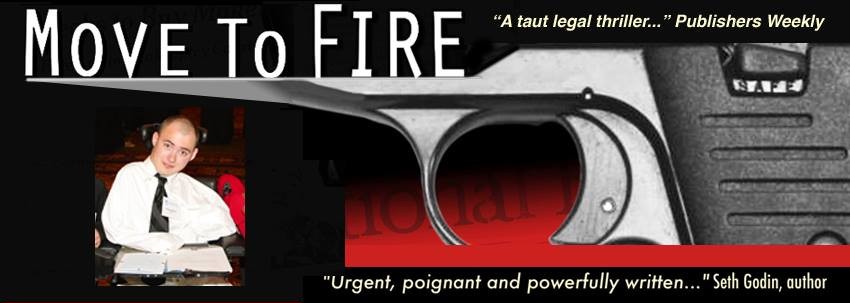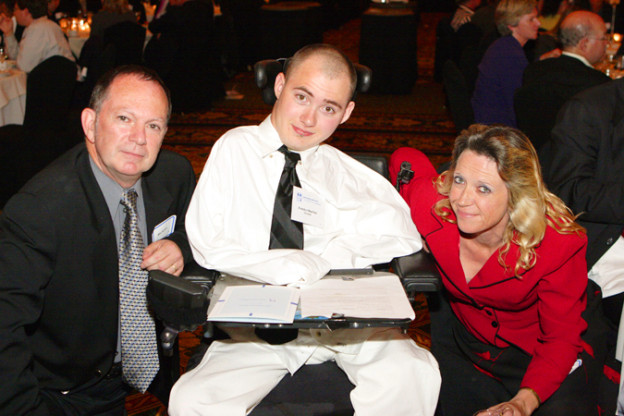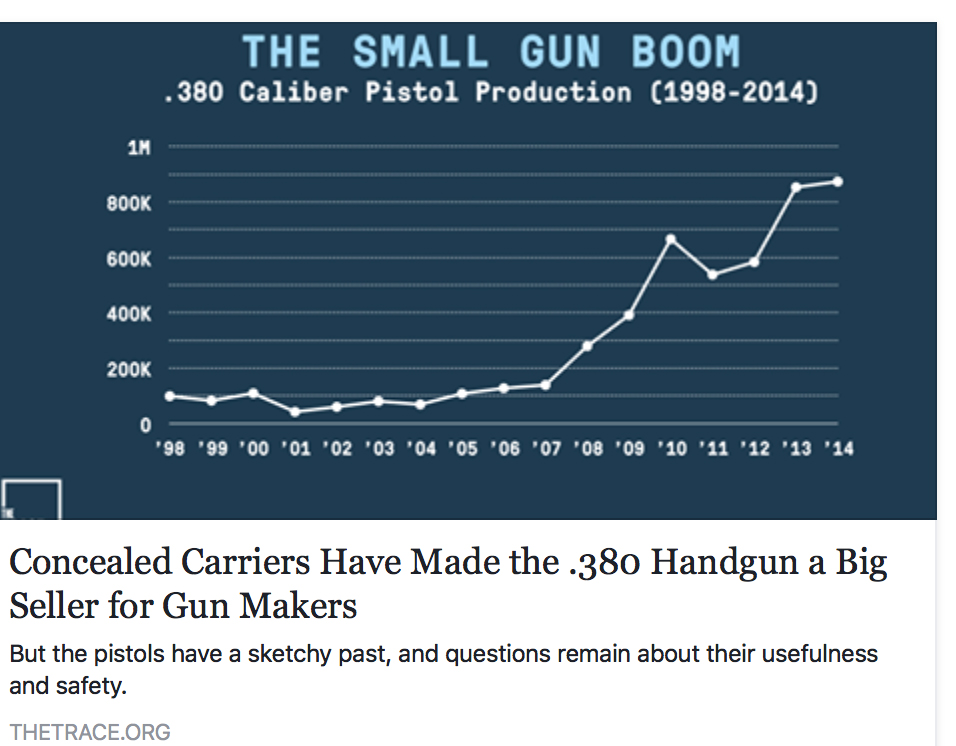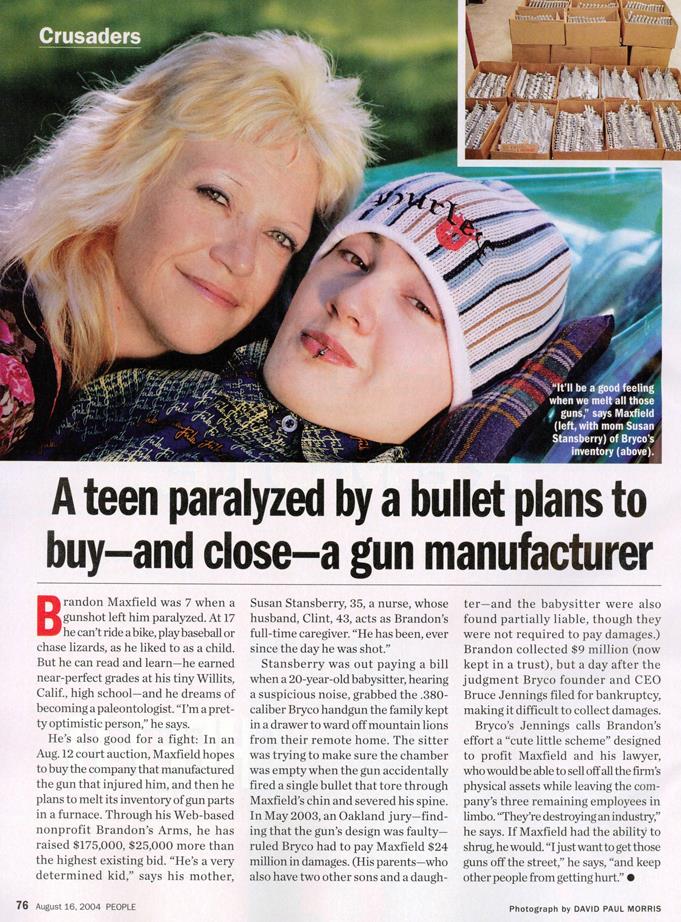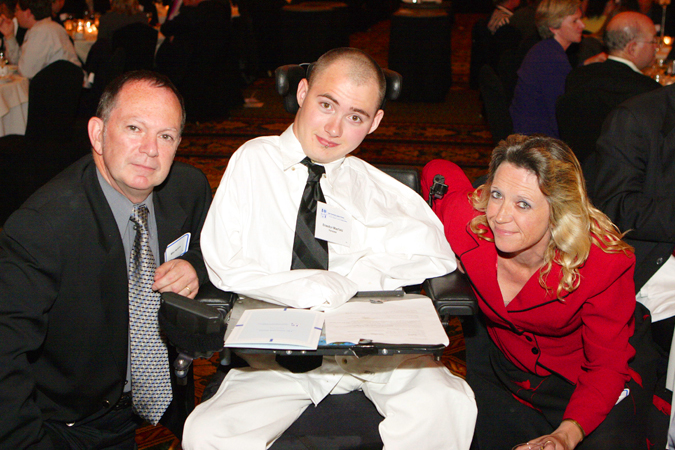
It is with a heavy, heavy heart that I share the news that Brandon Maxfield has died. Here is the official public statement:
Brandon Maxfield died on November 13th at age 29, at home in Willits, CA, due to complications from quadriplegia incurred at age 7 in the accidental discharge of a defective handgun.
Brandon garnered international notoriety in 2005 after obtaining a $24 million verdict against notorious Southern California-based ‘junk gun’ manufacturer Bryco Arms, when a unanimous jury found the handgun’s design was a significant contributing cause of his injuries. When the manufacturer declared bankruptcy, trying to recreate itself and sell off existing defective handguns, Brandon created nonprofit Brandon’s Arms to solicit public support and block the sale. While Brandon’s public bid to re-purpose the manufacturer’s assets ultimately failed, he succeeded in keeping over 20,000 unsafe semiautomatic pistols off the streets. At Brandon’s request, these handguns, which could have generated $2-3 million dollars to help with his medical expenses, were instead ordered destroyed by the bankruptcy court. As Brandon insisted, “I’m not going to let him put one more kid in a wheelchair.”
Brandon’s case resulted in the first ever U.S. jury verdict holding a functioning firearm defective in its safety design, after the manufacturer, attempting to hide a jamming problem, deliberately precluded the user from engaging the manual safety during unloading. Brandon’s case was notable for its refusal to enter the “guns are good / guns are bad” debates of previous litigation, insisting instead that guns should be made reasonably safe for the user and innocent bystanders, like any other consumer product. He is widely acknowledged to have singlehandedly forced the closure and expulsion from California of the country’s most prolific Saturday Night Special manufacturer.
During his shortened life Brandon’s selfless efforts were honored by the California State Legislature, the City of San Francisco, Senator Dianne Feinstein spoke about him on the Senate floor, and he appeared on every national news program. Brandon’s efforts were also recognized by the Legal Community Against Violence (now Smart Gun Laws), Public Justice, and the American Trial Lawyers’ Association, among others.
The book Move to Fire chronicles Brandon’s story and is currently under development as a feature length film.
Born and raised in Willits, CA, Brandon was well liked, socially active, a mega-fan of music and the WWF, and despite his disability, graduated from Willits High School with a 4.0 GPA. A private memorial service will be held by the family, who offer their gratitude to Brandon’s many friends and fans, and encourage them to post tributes to Brandon on the Move To Fire Facebook page.
At the family’s request, media inquiries should be directed to Mike Harkins, via Facebook.com/movetofire.
Here is the Los Angeles Times obituary:
L.A. Times — http://www.latimes.com/local/obituaries/la-me-brandon-maxfield-20161118-story.html
